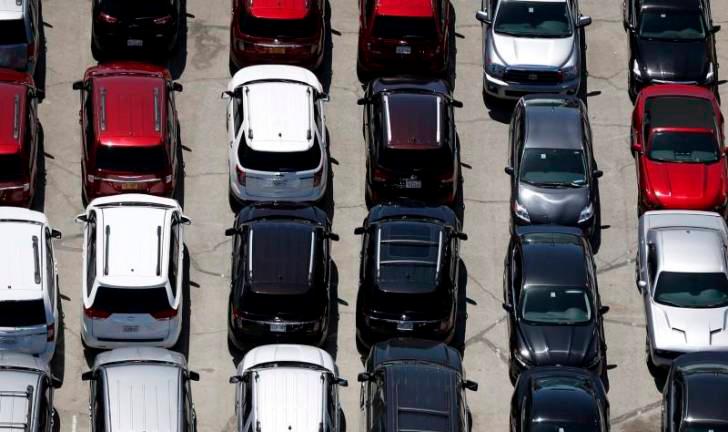IN Malaysia, all motor vehicles on the road must be insured with legal liability for death or bodily injury to third party, as required under the Road Transport Act 1987. This basic cover is not popular as the premium is only slightly lower than third party cover, which includes loss or damage to third party property.
Without third party cover, many drivers may not be able to pay for repairs if there is extensive damage to another vehicle. Therefore, older vehicles are insured under third party cover if owners do not wish to pay higher premium for comprehensive insurance that also covers damage and loss of own vehicle due to accidental fire, theft or accidents.
However, the standard comprehensive insurance policy merely provides basic cover and does not include damage caused by flood, windstorm, landslide and other natural disasters; or from malicious damage resulting from strike, riot and civil commotion.
Premiums for additional coverage used to be high, at half per cent of sum insured for flood cover or RM500 per annum for insuring RM100,000. Many insurers have reduced the rate to only RM200 a year for RM100,000 or RM100 for RM50,000, which are affordable.
While it is prudent to include flood cover for comprehensive insurance, it is better to prevent vehicles from flood damage. Even if the insurer pays full compensation, the driver is rendered immobile until a replacement vehicle is available for use. As such, it is foolhardy to attempt driving through a flooded road with fast-moving water flowing, as some stretches may have been washed away and could be too deep for cars to pass through.
As for roadside parking, one should be wary of flash floods caused by blocked drains during heavy rainfall. Many drivers were shocked to see their cars half-submerged in water after a downpour recently.
Whenever there is an option to park on upper floors or basement of a building, pick the former over the latter. This is because rainwater flows to the bottom of a building and if water is not pumped out in time, the basement would be the first place to be inundated.
The same goes for many underpasses that rely on pumps to ensure that stretches below ground are not flooded, such as those along Jalan Tun Razak at the junction of Jalan Bukit Bintang in Kuala Lumpur, and at Jalan Chan Sow Lin, below the LRT steel bridge.
I have driven through flooded roads many times in the past but have been fortunate. I would first brace myself, switch off the air-conditioning, shift to the lowest gear and drive the car slowly but steadily without stepping too hard on the accelerator.
Once I have passed the flooded stretch, I would gently step on the brakes several times to dry the brake pads or brake linings and continue the journey at a slower speed. Thanks to weatherstrips at four doors, my cars were waterproof with the interior remaining dry.
But one must be extra cautious during thunderstorms. Before it rains, strong winds can bring down branches or entire trees crashing onto roads or passing vehicles. Owners involved in such accidents cannot claim insurance if not covered for natural disasters.
Be mindful of insurance proposals that offer large compensation for ultra-low premium, it could be a scam. The premiums collected by insurance companies must be more than enough to pay out claims and cover overheads, plus earn profits. For premiums to be affordable, covers are limited, and those insured must comply with the terms and conditions.
It is necessary to understand your motor insurance coverage in order to deal successfully with motor insurance matters as many vehicle owners and drivers are ignorant at their own peril.
YS Chan









